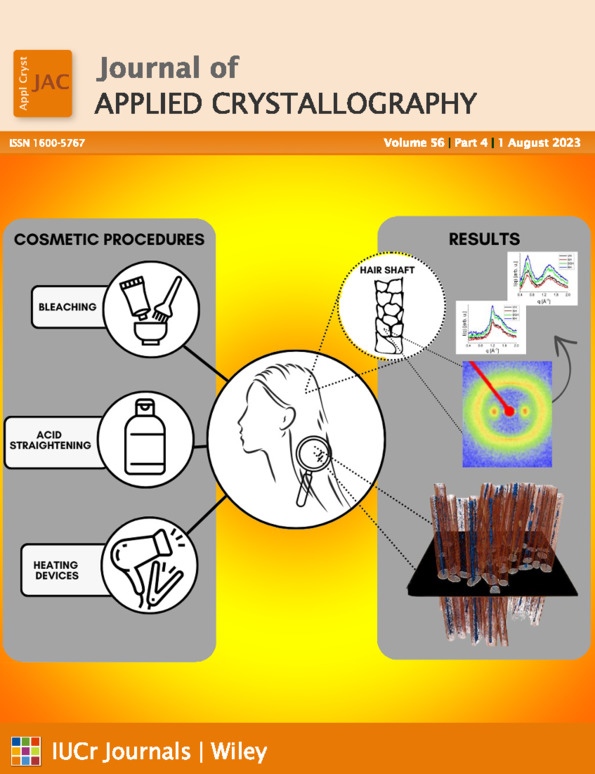CrysFieldExplorer: rapid optimization of the crystal field Hamiltonian
Abstract
A new approach to the fast optimization of crystal electric field (CEF) parameters to fit experimental data is presented. This approach is implemented in a lightweight Python-based program, CrysFieldExplorer. The main novelty of the method is the development of a unique loss function, referred to as the spectrum characteristic loss (LSpectrum), which is based on the characteristic polynomial of the Hamiltonian matrix. Particle swarm optimization and a covariance matrix adaptation evolution strategy are used to find the minimum of the total loss function. It is demonstrated that CrysFieldExplorer can perform direct fitting of CEF parameters to any experimental data such as a neutron spectrum, susceptibility or magnetization measurements etc. CrysFieldExplorer can handle a large number of non-zero CEF parameters and reveal multiple local and global minimum solutions. Crystal field theory, the loss function, and the implementation and limitations of the program are discussed within the context of two examples.




